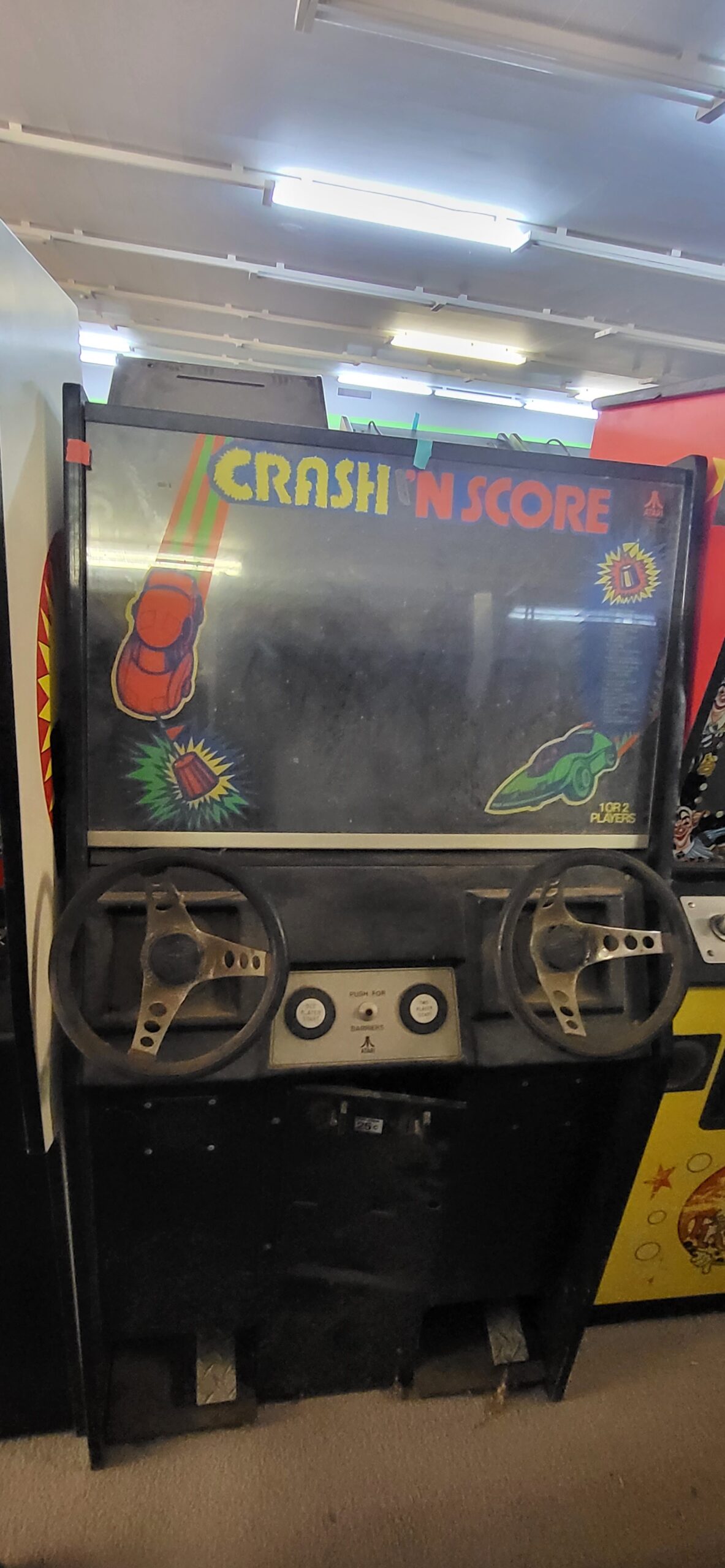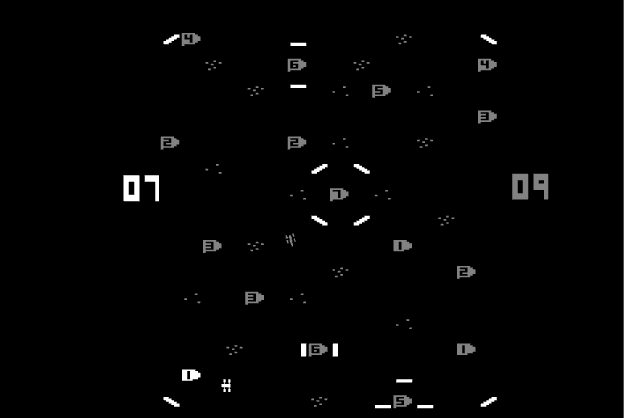
Crash 'N Score
Arcade / Atari 1975
Crash ‘N Score, an arcade game produced by Atari in 1975, stands as an early example of electro-mechanical gaming. The game combines digital and mechanical elements to deliver a unique gaming experience. Players control a car on the screen, navigating through obstacles to score points, creating an engaging and competitive atmosphere.
During the mid-1970s, Atari, a leading figure in the emerging video game industry, developed Crash ‘N Score to capitalize on the growing popularity of arcades. The game’s creation aimed to offer players a novel and entertaining experience by blending electronic components with physical, mechanical features. Atari’s commitment to innovation in gaming is evident in the development of Crash ‘N Score.
Upon its release, Crash ‘N Score garnered positive reviews for its innovative gameplay and combination of digital and mechanical elements. The immersive and competitive nature of the game contributed to its success in arcades during the mid-1970s. Players embraced the challenge of steering the digital car through obstacles, making Crash ‘N Score a notable entry in Atari’s early gaming catalog.
While Crash ‘N Score itself did not undergo significant variations, its success influenced subsequent games exploring similar gameplay mechanics. Its legacy can be observed in the development of later racing and obstacle-avoidance arcade games, showcasing its impact on the evolution of arcade entertainment.
As an early arcade game, Crash ‘N Score has become a collector’s item due to its rarity. The limited number of units produced has elevated its value among collectors. Determining the exact quantity manufactured can be challenging, but its scarcity has made it a sought-after piece, contributing to its higher estimated value in the collector’s market.
Crash ‘N Score, as an electro-mechanical arcade game, features a combination of electronic and mechanical components. Relevant parts for possible repairs may include a monitor, control panel, wiring, and mechanical elements for obstacles and scoring mechanisms. Enthusiasts and restorers may consult documentation and online communities for guidance on maintenance and restoration, ensuring the preservation of this early gem in video game history.


